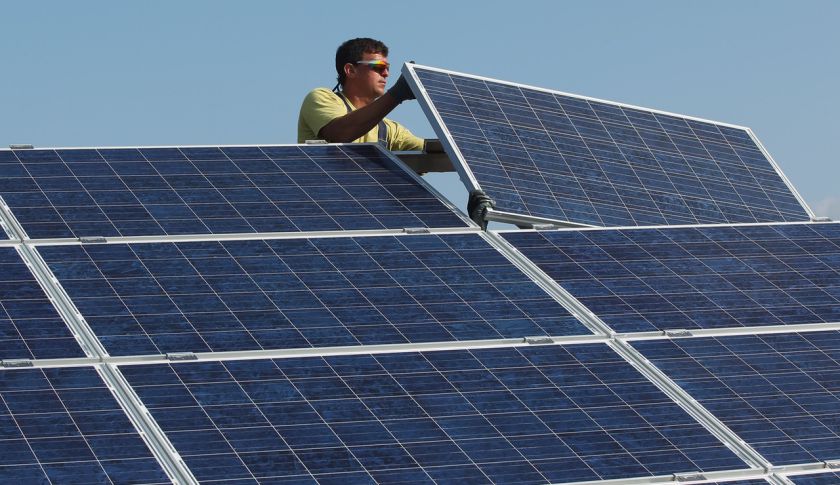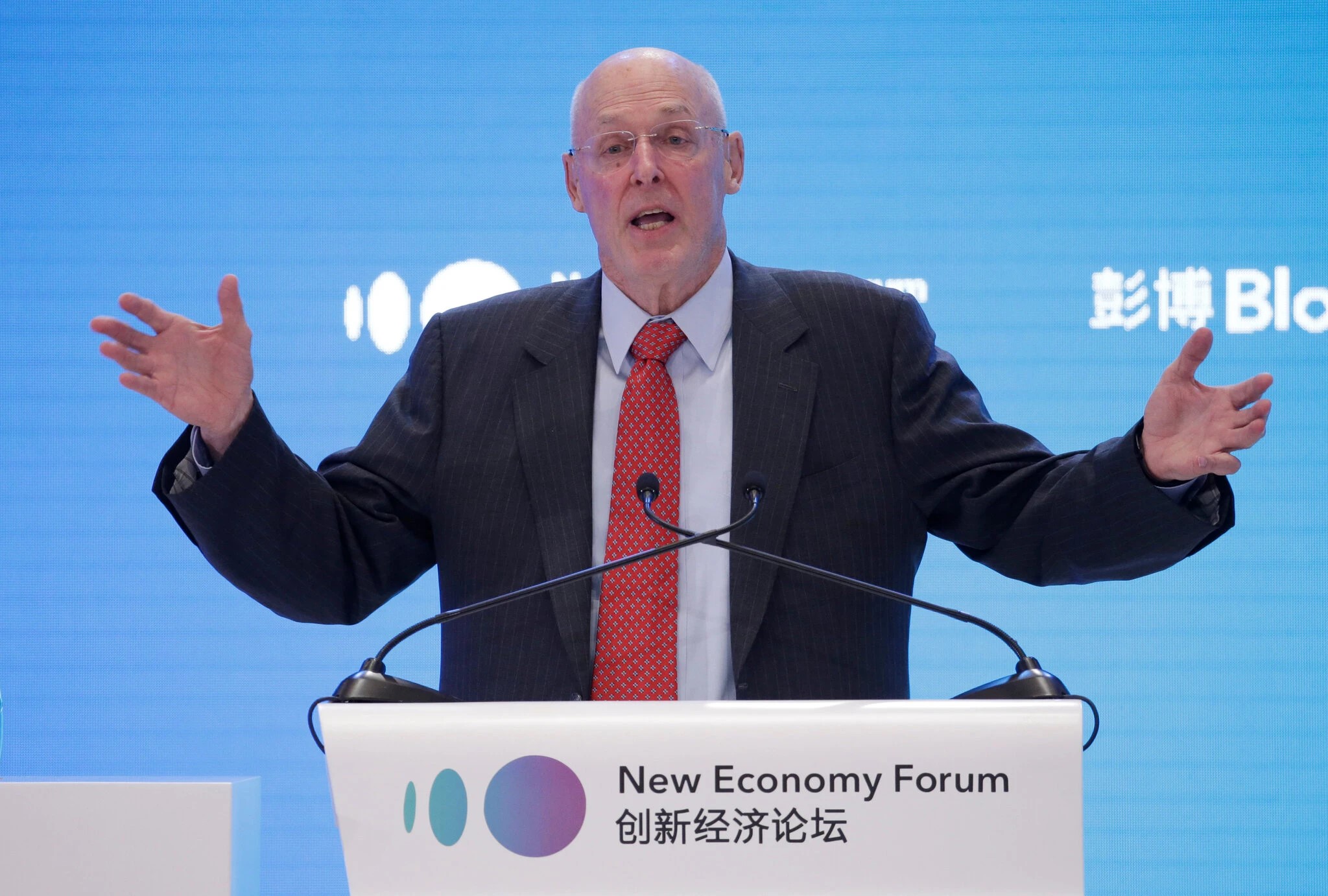With a market this size, the total numbers are just the tip of the iceberg. Shayle Kann illustrates what’s happening in the residential, commercial and utility-scale sectors in the U.S.
In 2010, the U.S. installed 852 megawatts-DC ofsolarphotovoltaics from just over 53,000 individual projects. The non-residential (aka commercial) segment took the largest share (40 percent) of that capacity, and the largest state (California) accounted for 216 megawatts of new solar.
How times have changed. In the record-breaking 2016, a year in which U.S. solar installations grew 95 percent over the previous high, the U.S. installed 14.6 gigawatts of solar from nearly 375,000 projects. The non-residential sector represented just 11 percent of that total, while utility-scale solar accounted for a massive 72 percent. California, still the leading state, installed over 5 gigawatts alone — over 2,000 percent growth relative to 2010.
With a market this size, the total numbers are just the tip of the iceberg. The U.S. solar market increasingly comprises many smaller markets. Some, like residential loans and leases, compete with each other. Others, like offsite corporate solar and utility renewable portfolio standard procurement, share little apart from the project sizes they support.
Below, using data from a mixture of proprietary GTM Research sources and the recently-released GTM Research/SEIA U.S. Solar Market Insight dataset, we show the buildup of U.S. solar’s record-breaking 2016 according to some of its submarkets.
Examining the market in this light offers many insights. Among those that I find interesting:
– California’s renewable portfolio standard remains an enormous driver of the utility-scale solar market and accounted for nearly 25 percent of all solar built in 2016. While projects supported by this policy will continue to come on-line for the next couple of years, this source of growth is slowing down as utilities meet their mandated targets.
– Outside of RPS policies, the utility-scale market is somewhat fragmented, if still large. Many projects have taken advantage of PURPA, a piece of legislation dating back to 1978 that has gained prominence as a source of growth as solar’s cost has fallen. Others have simply won contracts from utilities on the basis of their economic competitiveness or the utility’s resource requirements.
– Loans and cash deals have effectively caught up to leases and power-purchase agreements (PPAs) as a means to finance residential solar after years of third-party financing dominance. This has come hand in hand with the growth of smaller, localized installers relative to large, national players. But it is far too early to determine whether this is a pendulum that will, at some point, swing back in the other direction, or whether this trend will win out and the market will ultimately settle on direct purchases from local companies.
– Commercial-scale solar remains an exceedingly difficult business. And while there were strong glimmers of hope in 2016 (49 percent growth over 2015!), it is safe to say that no one has quite cracked the code on scaling that market.
Now here’s the question I find most interesting: If we recreate this chart in 2020, which segments will we need to add? Or put another way, what will be the biggest drivers of solar in four years?
All ideas are welcome.
In the meantime, listen to our conversation on The Interchange podcast for more on what’s driving these numbers:
Shayle Kann (@shaylekann) is a senior vice president at Greentech Media and head of GTM Research. For more information on GTM Research solar data, contact [email protected].




